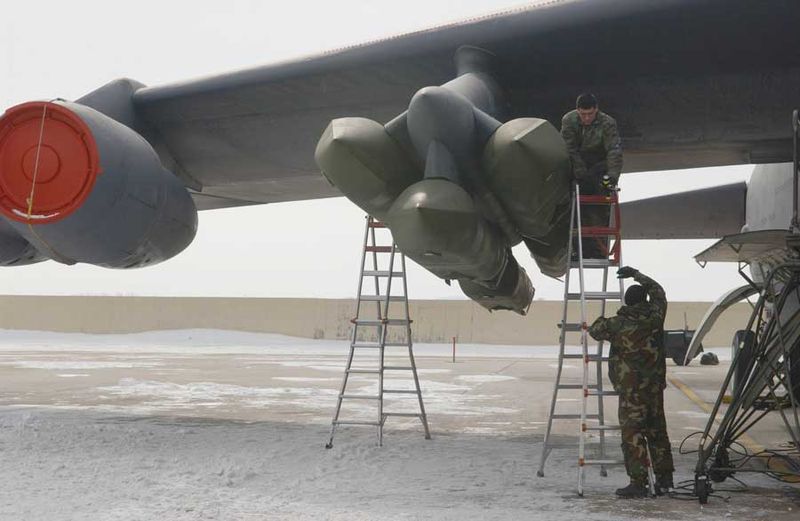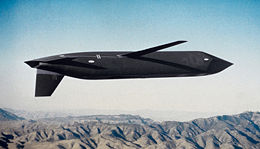wikipedia | Between 08:00 and 09:00 (local time) on August 29, 2007, a group of USAF airmen, called the breakout crew, entered one of the weapons storage bunkers at Minot to prepare AGM-129 missiles for transport to Barksdale. That day's missile transport, the sixth of 12 planned ferry missions, was to have consisted of 12 AGM-129s, installed with training warheads, with six missiles per pylon and one pylon mounted under each wing of a Barksdale-assigned, 2nd Bomb Wing B-52 aircraft. When the airmen entered the bunker, six actual warheads were still installed on their missiles, as opposed to having been replaced with the dummy training warheads. A later investigation found that the reason for the error was that the formal electronic production system for tracking the missiles "had been subverted in favor of an informal process that did not identify this pylon as prepared for the flight." The airmen assigned to handle the missiles used an outdated source that contained incorrect information on the status of the missiles. The missiles originally planned for movement had been replaced by missiles closer to expiration dates for limited life components (standard procedure). The change in missiles had been reflected on the movement plan but not in the documents used for internal work coordination processes in the bunker.
Although the breakout crew in the weapons storage began to inspect the missiles, an early-arriving transport crew hooked-up the pylons and towed them away without inspecting or ensuring that the missiles had been inspected or cleared for removal. The munitions control center failed to verify that the pylon had received proper clearance and inspection and approved the pylon for loading on the B-52 aircraft at 09:25. After taking eight hours to attach the pylons to the aircraft, the aircraft with the missiles loaded then remained parked overnight at Minot for 15 hours without special guard as required for nuclear weapons.
On the morning of August 30, one of the transport aircraft's flight officers, a Barksdale-assigned B-52 instructor radar navigator (name unknown), closely inspected the six missiles on the right wing only, which were all properly uploaded with training warheads, before signing the manifest listing the cargo as a dozen unarmed AGM-129 missiles. The B-52 command pilot did not do a final verification check before preparing to depart Minot.
The B-52 departed Minot at 08:40 and landed at Barksdale at 11:23 (local times) on August 30. The aircraft remained parked and without special guard until 20:30, when a munitions team arrived to remove the missiles. After a member of the munitions crew noticed something unusual about some of the missiles, at 22:00 a "skeptical" supervisor determined that nuclear warheads were present and ordered them secured and the incident reported, 36 hours after the missiles were removed from the bunker at Minot.
The incident was reported to the National Military Command Center as a Bent Spear incident, which indicates a nuclear weapon incident that is of significant concern, but does not involve the immediate threat of nuclear war (Pinnacle - Nucflash) or the accidental detonation of or severe damage to a nuclear weapon (Pinnacle - Broken Arrow). Chief of Staff of the United States Air Force, General T. Michael Moseley quickly called the U.S. Secretary of Defense, Robert Gates, on August 31 to inform him about the incident. Gates requested daily updates regarding the investigation and informed President Bush about the incident. The USAF has yet to officially designate what type of incident actually occurred, Bent Spear or otherwise. The incident was the first of its kind in 40 years in the United States and was later described by the media as "one of the worst breaches in U.S. nuclear weapons security in decades".




0 comments:
Post a Comment